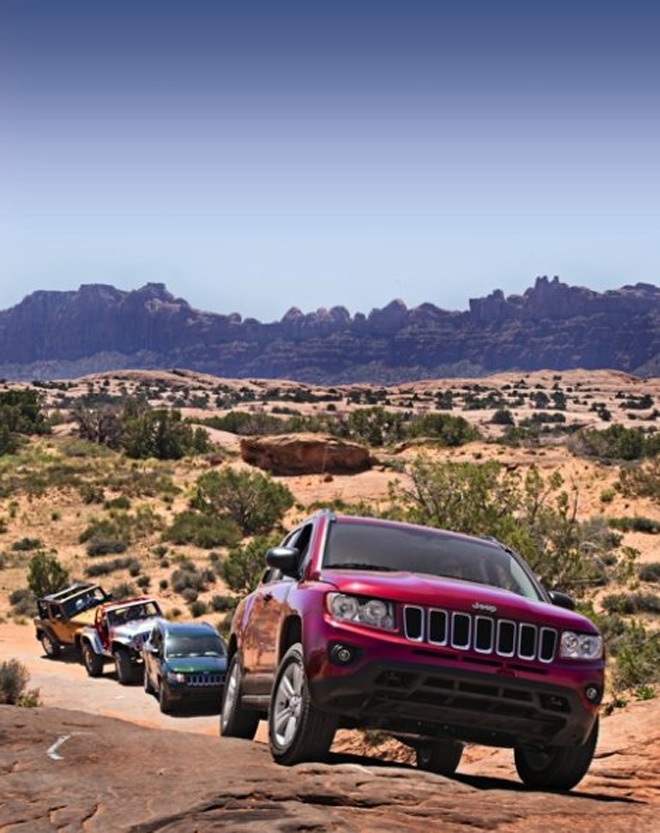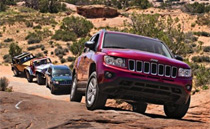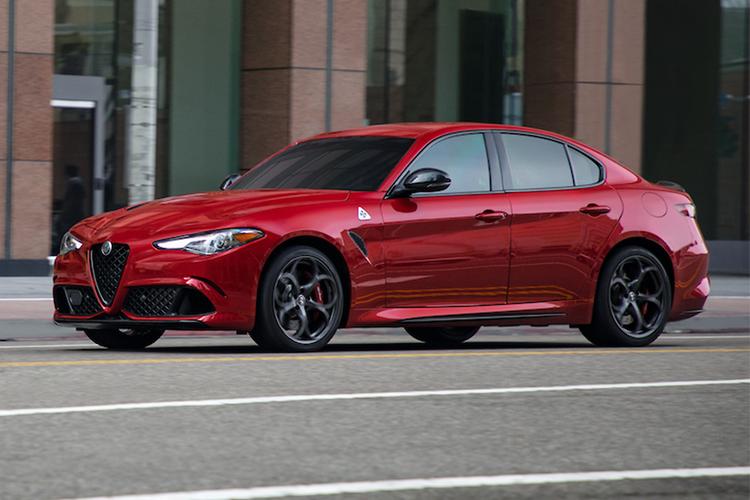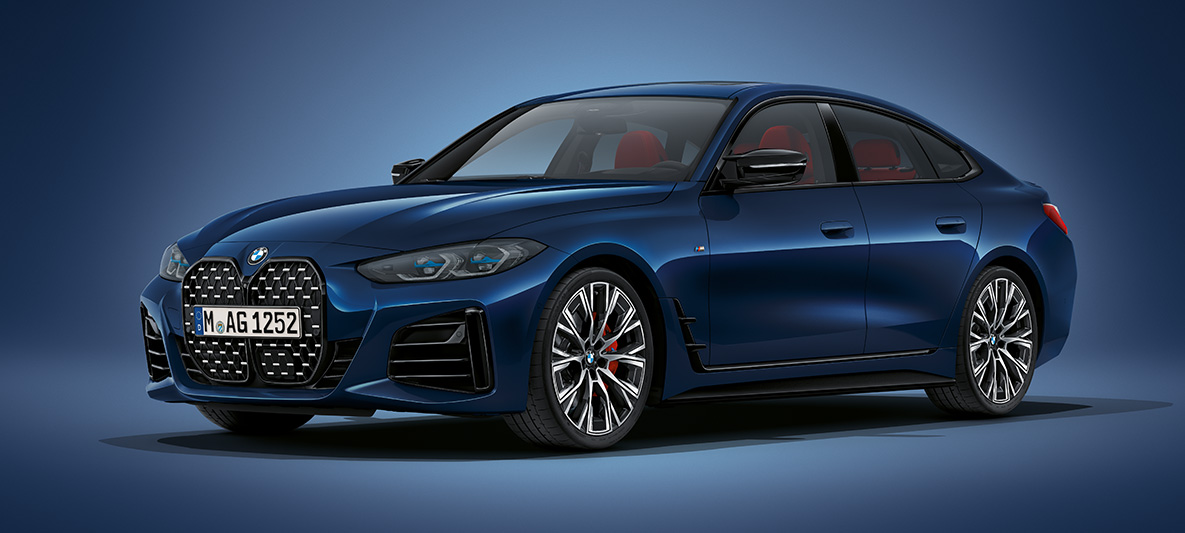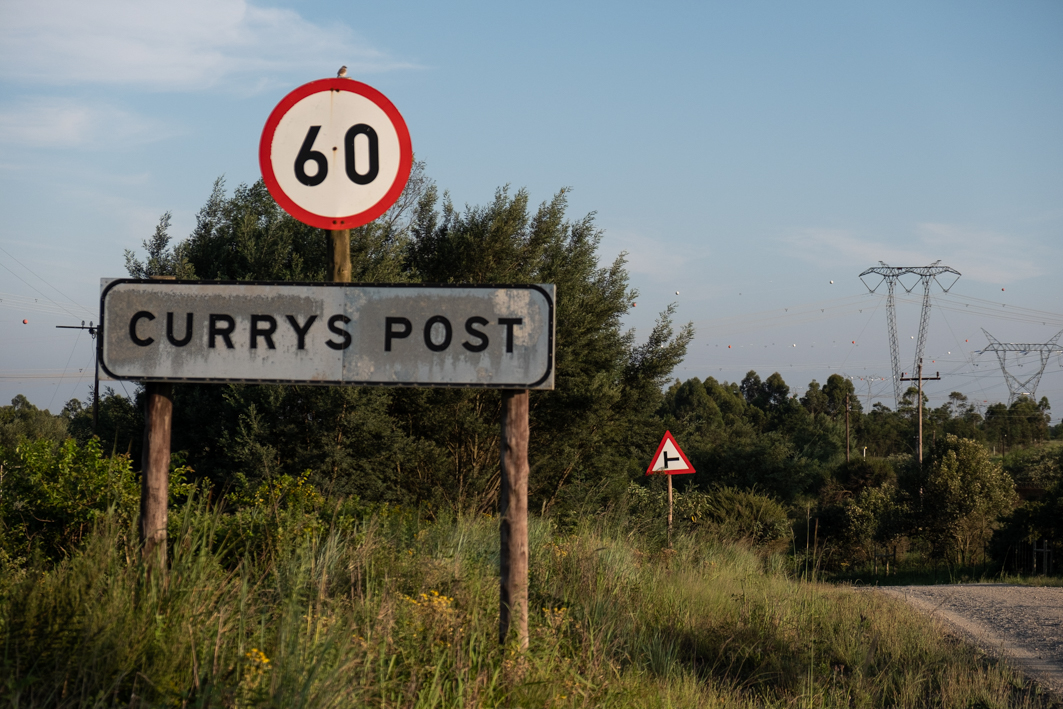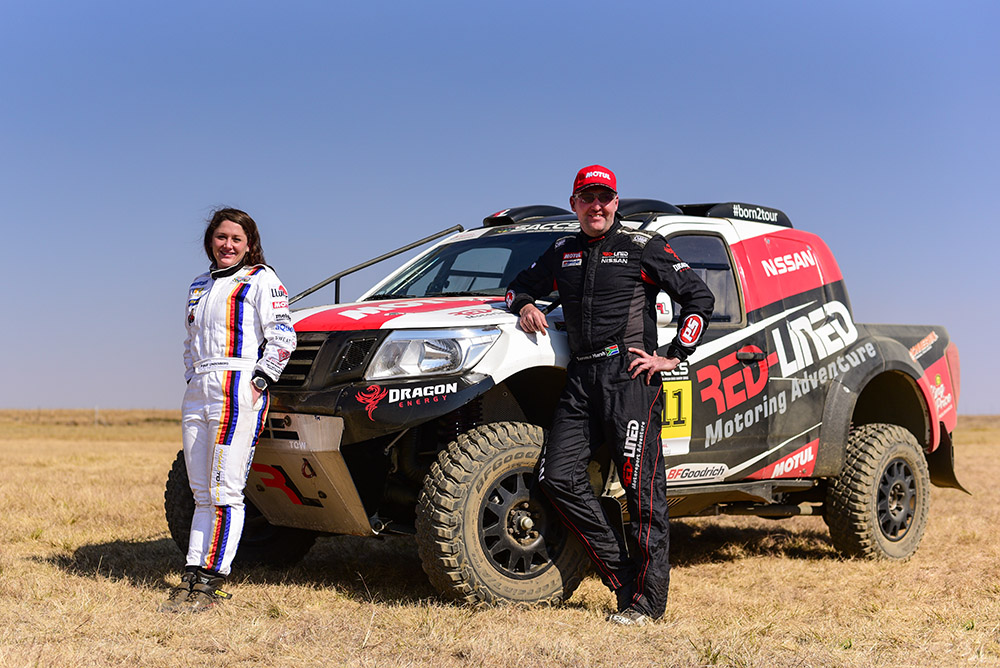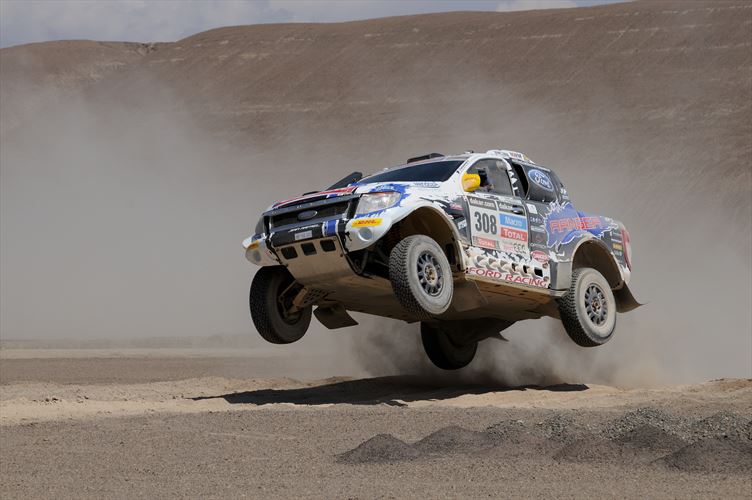Text: Danie Botha
Photography: Supplied
I was feeling a bit like a canned lion, trapped in a fenced-off enclosure, with two bakkie loads of hunters aiming their rifles in my direction. Well, almost.
But there seemed no way out of this fix.
The group of international journalists had scampered for the line of Jeep Wranglers after the product presentations had been completed at the Sorrel River Ranch Lodge, on the banks of the Colorado River.
There were no Wranglers left. Ditto with the Cherokees and Grand Cherokees.
So a German colleaugue and I got a new Jeep Compass. No low range transfer case, and limited ground clearance. The baby Jeep, and the softest soft-roader in the entire line-up.
Surely the Jeep event organisers would not allow this Compass on the same trail as the Wrangler?
They did.
But as my co-pilot and I waited in the long queue of Jeeps to tackle the first obstacle, we began to look forward to the challenge of taking the latest Compass through a rough-and-tough 4×4 trail. The Wrangler, Cherokee and Grand Cherokee are all medium to highly capable off-roaders. This Compass is not supposed to be.
We decided it would be an interesting experiment in mechanical endurance to find out how far we could go before the baby Jeep suffered mortal damage.
But let’s first talk Compass. Due for local launch in July, the latest model is much more than a face-lift.
In essence, the designers and engineers decided to add a lot more, well, “Jeep” to the Compass package. At the front, the Compass now resembles a Mini-Me version of the Grand Cherokee – and it looks a lot better than the original model, even if it copies the Grand.
At the rear, the upgrades are less significant: the bumper is new, as are LED-style tail lights (on Limited models) and a body-coloured rear spoiler.
On the inside, the centre stack and the steering wheel are new, as are the cloth upholstery for the seats, and all the materials are noticeably of a higher quality than before.
Standard equipment is comprehensive and includes cruise control, illuminated cup holders, air-conditioning, electric windows and central locking. The top Limited model is fitted with Jeep’s Unconnect media centre with iPod interface, electric sunroof and a premium audio system with nine Boston Acoustic speakers.
Under the skin, the independent suspension has been re-tuned. It now features higher spring and damping rates, more rebound springs, and a bigger rear anti-roll bar.
Safety features abound. Electronic stability control, electronic roll mitigation, and side curtain airbags for all rows (in addition to twin front bags) are standard on top models.
In overseas markets the entry-level Compass derivatives are available with only front-wheel drive. The 4×4 models, though, get Jeep’s Freedom Drive I – a full-time system, where the torque is normally sent only to the front wheels, but diverted to the rear ones when wheel slip is detected.
For tougher 4×4 tests (such as a 4×4 trail in Moab) the system can be locked in 4×4 mode, ensuring a 50/50 split between the front and rear wheels. Hill descent control and hill-start assist (on the manual versions) are also standard.
Two new engines power the latest Compass range. The first is a two-litre petrol mill that delivers 117 kW of power and 191 Nm of torque, coupled to a five-speed manual gearbox or the latest generation continuously variable transmission (CVT2).
Next up is a 2,2-litre turbodiesel with 100 kW and 320 Nm of torque, coupled to a six-speed manual gearbox.
Back to reality – and the Moab 4×4 trail. We’re in the Compass Limited two-litre, with the Moab rocks and desert sand looming large. Ahead of us, a Wrangler’s axles get into all sorts of twists and turns as it scales the first rocky ascent.
We’re next. With one of the Jeep 4×4 experts giving directions, we proceed towards certain disaster. With the resolve to at least make it to the second obstacle with a relatively intact Compass, I tackle the obstacle as slowly as possible.
The inevitable happens – with one front wheel in the air the Jeep grinds to a halt, spinning its wheels aimlessly. The traction control makes no difference.
So back we go, and with a touch more momentum, the Compass scales the obstacle without incurring damage. Phew! This is going to be an interesting day.
We arrive at the next obstacle, and it’s even bigger than the first one. Momentum is key – we realise – and with a suitable amount of “go”, we scale this one, too. And the next one.
And the next one! We are driving on the same tracks as the Wranglers, Grand Cherokees and Cherokees! In a Compass!
Eventually no obstacle seems too large, or too intimidating. The Compass, armed only with non-standard all-terrain tyres and the Freedom Drive I 4×4 system (locked in 4×4 mode) completes all the 4×4 tests.
It not only passes the 4×4 driving test with flying colours – it also earns the respect and admiration of its crews.
Just like a proper Jeep should on a tough 4×4 test.
Celebrating 70 years of Jeep
Although the latest Compass may be news for the southern tip of Africa, since it arrives here soon, it has been on sale in other international markets since March. For the bevy of international journalists the big news was the revealing of the 70th Anniversary Edition models.
These limited edition Jeeps will also be launched in SA in July along with the new Compass, and all models get the special treatment (although specific details vary from model to model).
The features include: A 70th anniversary badge, special wheels, upgraded leather, stitching and piping for the seats, panels and steering wheel, satin-chrome accents and bezels in anodised silver and black Lacewood, an anniversary logo on the radio screen, unique instrument cluster and overlay, Berber floormats, Mopar sill plates, power and heated seats, and premium media entertainment systems.
At the time of going to press pricing details for the new Compass and the anniversary edition models, as well as final specifications and power trains for the Compass, were not yet confirmed.
On the wild and exotic side
Every year Jeep’s legendary Mopar Underground design team, consisting of a group of avid 4×4 nuts, are tasked with creating a handful of spectacular, once-off machines for America’s famous Sema aftermarket show, and for special events such as the celebration of Jeep’s 70th anniversary. Here are some of the highlights of the team’s 2011 designs.
The Pork Chop
The Underground team decided to focus mostly on weight-saving to create this monster. With aluminium replacing much of the bodywork’s metal, the section behind the rear wheels “chopped off”, the roof and doors completely removed, and through the fitment of various other lightweight parts, this two-seater Jeep weighs so little that a passenger can make a noticeable difference to the performance. It is said to weigh around 400kg less than a standard Wrangler.
The engine is the standard 3,8-litre V6 petrol mill, but it breathes through a special performance intake and exhaust system. The suspension is highly modified too, and features every performance accessory in the catalogue. These high performance parts are combined with 35-inch Mickey Thompson mud terrain tyres and lower differential ratios.
With racing seats in red trim, red trim for the dashboard, the silver body colour and those big chunks of Mickey Thompson rubber at all four corners, this Jeep not only looks the spectacular part but fills the role on a tough 4×4 trail, too. And it sounds like a million bucks!
The Cherokee Overland
Created with overland safaris in mind, this Cherokee features several overlanding upgrades. They include slightly bigger steel wheels shod with all-terrain rubber, a 76mm suspension lift, ARB rock-sliders, roof-rack and rear diff locker, a side-awning, and unique finishes. We really liked this Cherokee – but we’re not so sure about the zebra-stripe treatment.
Jeep Compass
This particular Compass completed the infamous Hell’s Revenge Pass in Moab – one of the most difficult Moab trails normally reserved for the most capable of 4×4 machines. Although it was slightly worse for wear after its feat, the “soft-roader” Compass had earned its Moab wings the hard way. With a suspension lift, no sway bars (these were removed for improved articulation), some beefed-up protection for the underbelly and side-sills, off-road tyres fitted to bigger Cherokee wheels and subtle styling upgrades, this “soft-roader” earned its “Trail Rated” badge – no question.
Jeep Grand Cherokee
This Grand not only looks the off-road business – it can go the off-road mile too, as it proved by also completing the Hell’s Revenge trail in Moab. The standard air suspension on this Overland model has been replaced by more robust springs and dampers and the ground clearance is increased courtesy of hardcore 4×4 tyres and a suspension lift. But the best thing about it, we reckon, is the styling. This Grand makes a statement – and we like the statement.
Jeep Wrangler Renegade
If Mike Manley, president and CEO of the Jeep Brand – the biggest boss of Jeep – can choose any Jeep his heart desires, which one would it be? Well, this Wrangler is it. But this is no ordinary Wrangler Unlimited. The interior is kitted out in special leather trim, and the wheels have been upgraded in size. But the main reason Manley loves this particular Jeep so much can be found under the bonnet.
The Underground team has shoe-horned Chrysler’s latest HEMI V8 into this Wrangler’s engine bay. Yup, that’s the same one that powers the upcoming Grand Cherokee SRT8 – a 6,4-litre V8 that delivers 350 kW of power.
It also boasts a six-speed manual gearbox, a suspension lift, 35-inch Mickey Thompson tyres, beefed-up differentials and ARB lockers for both axles.
Whoa!
Where it all started
In 1940, with America’s involvement in the Second World War imminent, the US Army sent out a tender for a light reconnaissance vehicle with all-terrain capability.
These were some of the specifications required: A payload of 272kg, wheelbase of less than 1,95m, height of less than 91,4cm, four-wheel drive with two-speed transfer case, a “smooth-running” engine from 5-80km/h, a fold-down windshield, a rectangular-shaped body, three seats, and a gross vehicle weight of less than 590kg.
Although the final production version’s specifications had to be adjusted (reality dictated that the 590kg base weight was way too low, for instance), the legend had officially been born by 1942. The Army Jeep was powered by a 2,2-litre four-cylinder petrol engine (nicknamed “Go Devil”) that delivered 45 kW of power and 142 Nm of torque at 2000r/min.
By the end of the Second World War more than 645 000 Jeeps had been manufactured.
